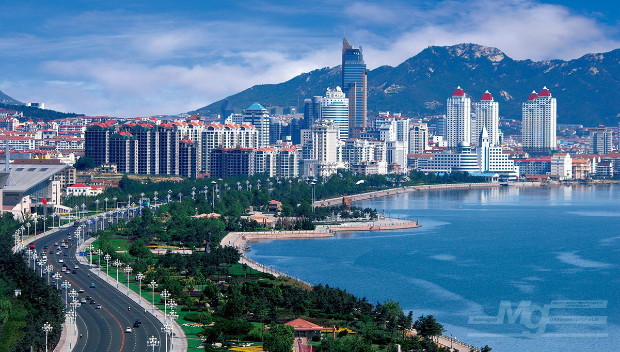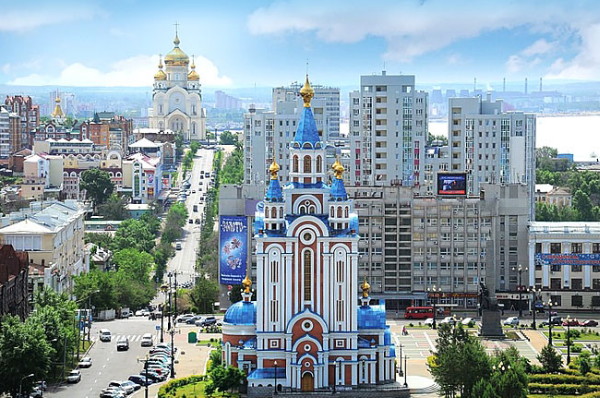Khabarovsk
Khabarovsk [Хабаровск; Xabarovsk]. Capital (2018 pop 618,150) of Khabarovsk krai and principal city of the Russian Far East. It was founded in 1858 as a military outpost called Khabarovka. The present name was adopted in 1893. At the beginning of the 1880s it had more than 4,000 inhabitants. Since then its population has grown rapidly, reaching 15,000 in 1897, 49,700 in 1926, 207,300 in 1939, 322,700 in 1959, and 436,000 in 1970. Situated on the Amur River near its confluence with the Ussuri River, the city is an important transport junction and industrial center (machine building, metalworking, petroleum refining, woodworking, food processing, and light industries). It is located in an ethnically mixed region, called Zelenyi Klyn by its Ukrainian inhabitants. According to the 1926 census, 3,800 or 7.3 percent of the city’s inhabitants were Ukrainian; in 1970 about 30,000 or 6.8 percent were Ukrainian. Together with Vladivostok, Khabarovsk was the most important center of Ukrainian settlement in Zelenyi Klyn. Ukrainian organizations flourished there during the Revolution of 1917. The second and third Far Eastern Ukrainian congresses were held in Khabarovsk, and a number of Ukrainian newspapers—Khvyli Ukraïny, Ranok, and Nova Ukraïna—were published there. After Soviet occupation in 1922, Ukrainian political activities ceased, but cultural activities, under Soviet control of course, continued. Since the mid-1930s intensive, officially promoted Russification has taken its toll among the large and growing Ukrainian population. A community organization Zelenyi Klyn is one of a very few Ukrainian associations active in the city today.
Volodymyr Kubijovyč
[This article was updated in 2019.]

.jpg)
